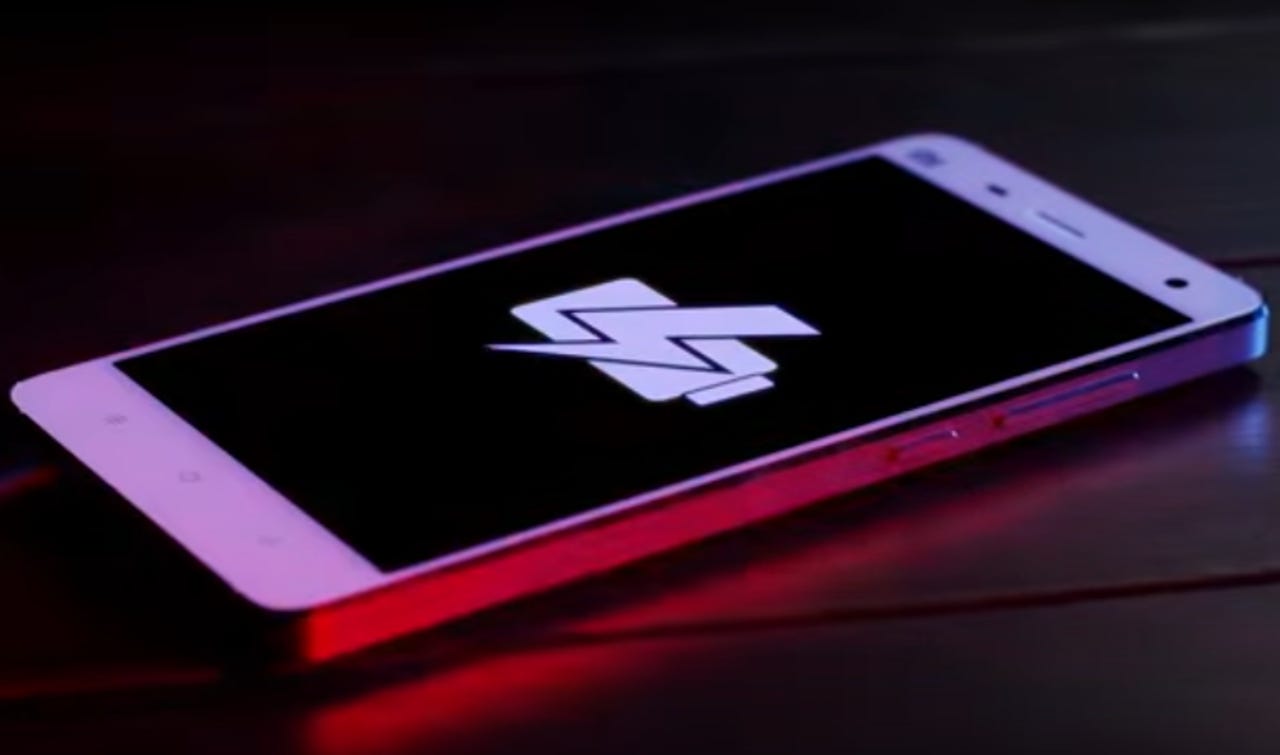Google's new Android rules: We may soon ban non-standard USB-C fast charging


Google's new Android rules could spell trouble for Qualcomm's widely-used Quick Charge 3.0 and Samsung's Adaptive Fast Charging for its Galaxy phones.
Everyone wants faster-charging phones, but Google says the right way of doing it over USB-C doesn't include methods like Qualcomm's proprietary Quick Charge 3.0 technology.
Google outlines these rules in the newest version of its Android Compatibility Definition Document (CCD), which takes aim at proprietary ways of tweaking voltages to achieve a quick charge.
In particular, Google wants to steer Android handset makers away from technology that strays from the Power Delivery specifications for USB Type-C set out by the USB Implementers Forum, or USB-IF.
This move could spell trouble for Samsung's Adaptive Fast Charging for its Galaxy phones and Qualcomm's widely-used Quick Charge 3.0, which is used in handsets like LG's G5.
"Type-C devices are STRONGLY RECOMMENDED to not support proprietary charging methods that modify Vbus voltage beyond default levels, or alter sink/source roles as such may result in interoperability issues with the chargers or devices that support the standard USB Power Delivery methods," the document reads.
In future Google may even make it compulsory for Android devices with Type-C ports to "support full interoperability with standard type-C chargers", it continues.
The prospect of Google forcing Android device makers to comply with this standard is a remarkable move. As noted by Android Police, which first spotted the recommendations, how a phone is charged has nothing to do with the interoperability of Android features.
Google engineer Bensen Leung highlighted earlier this year that Quick Charge 3.0 uses variable voltage on Vbus to boost power from 9V to 12V, which is way beyond what the Type-C specification permitted for proprietary schemes. It's also why Google's Nexus 6P and Nexus 5X didn't support Quick Charge.
Leung explained that when the USB-IF specified Type-C, it also considered higher voltages and much more dynamic power requirements as well.
"That is when the USB Power Delivery was introduced as well. Power Delivery will be able to handle much higher voltages, up to 20V, and higher currents, up to 5A, in a non-proprietary way," he said.
"This section of the Type-C specification 4.8.2 calls out chargers and devices that want to use a proprietary charging method and restricts them specifically from modifying Vbus (which is what QC does to get to 9V and 12V), and from altering roles from source to sink. The idea is to reduce the confusion that could happen because PD does all of these things in an open and non-proprietary way."
Following Google's new CCD comments on USB, Leung's fellow USB reviewer and freelance engineer Nathan K, released a proposal for unifying Quick Charge and USB's Power Delivery, suggesting Qualcomm become the "go-to" brand for certifying Type-C accessories.
Read more about Android smartphones
- Galaxy Note 7 review: Samsung nearly achieves smartphone perfection
- LG G5 review: Modularity has potential, the price is right, and the camera rocks
- Google Nexus 6P review: Huawei's design results in the most premium Nexus ever
- Google Nexus 5X review: LG's Nexus legacy continues with the best of the mid-range